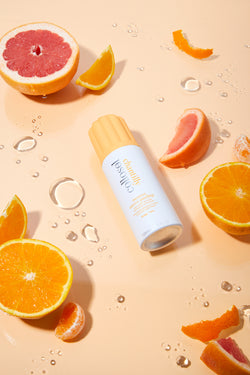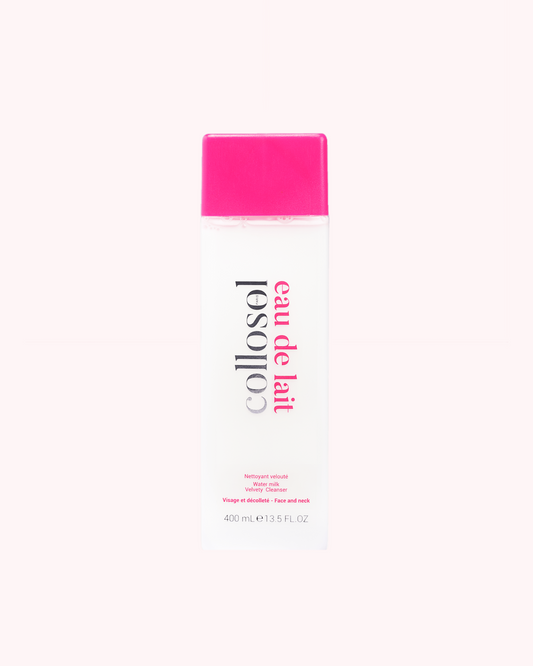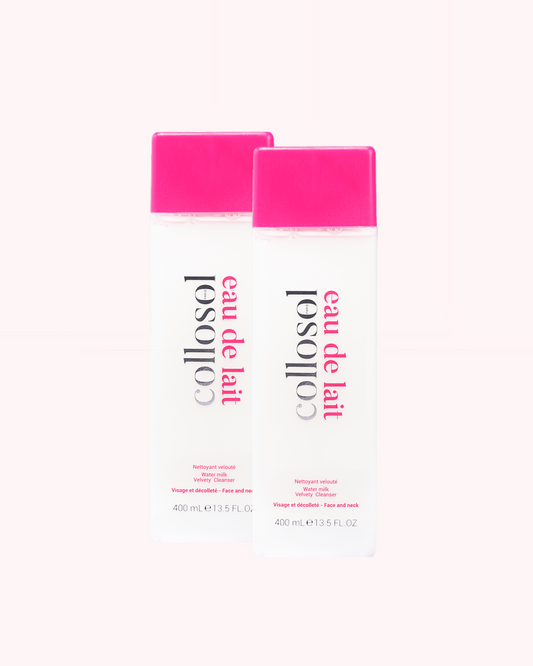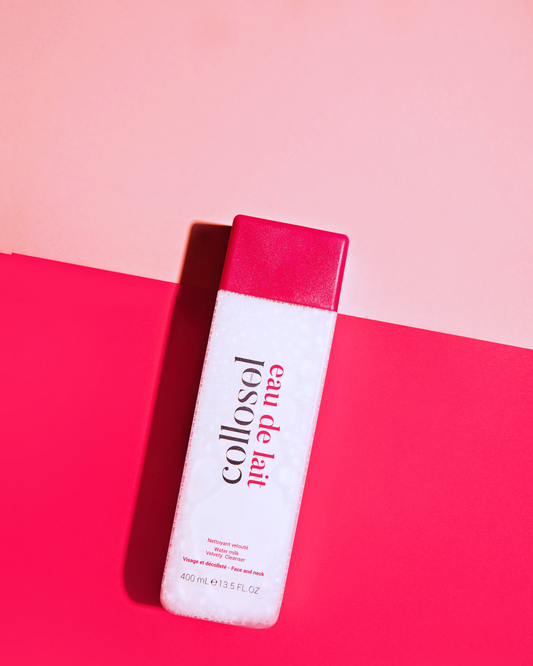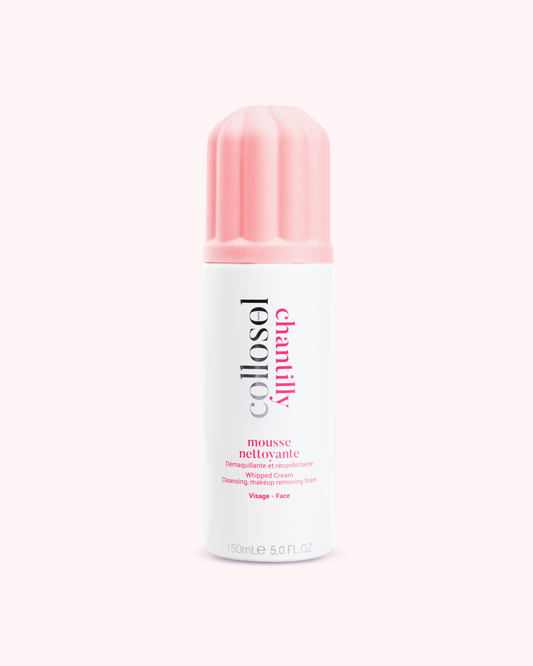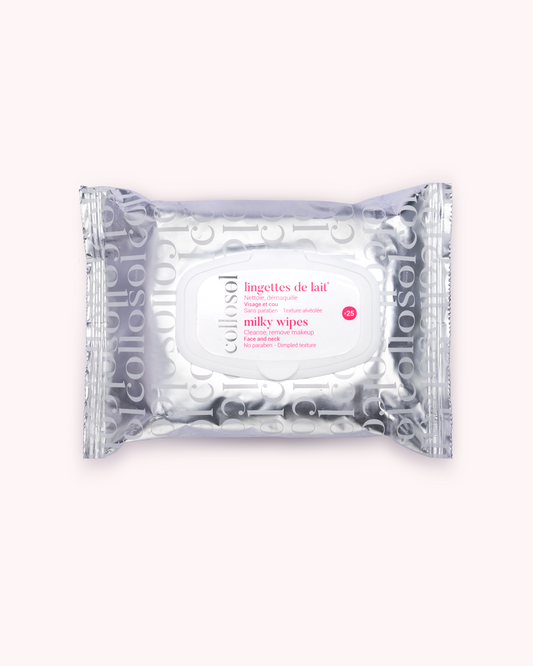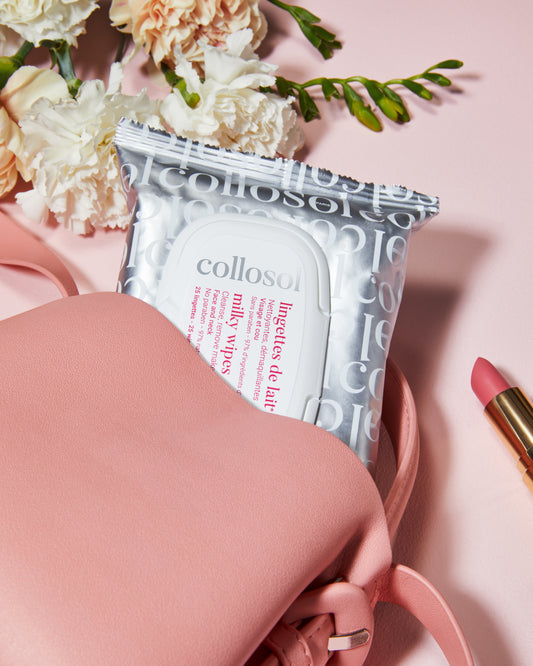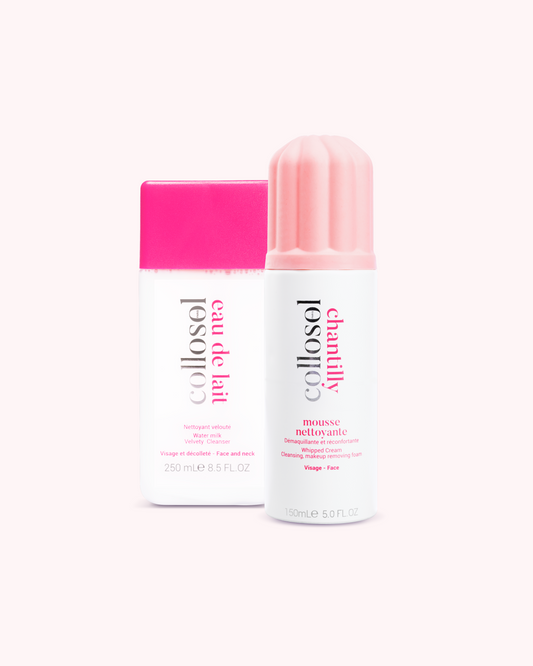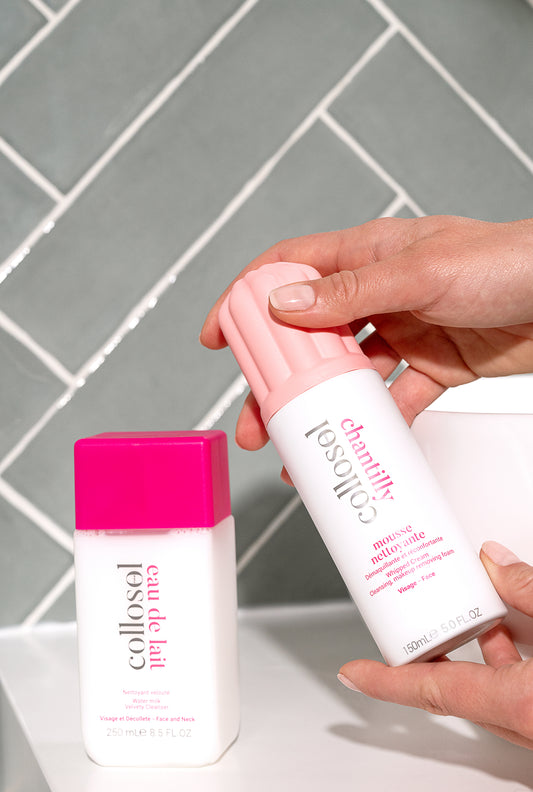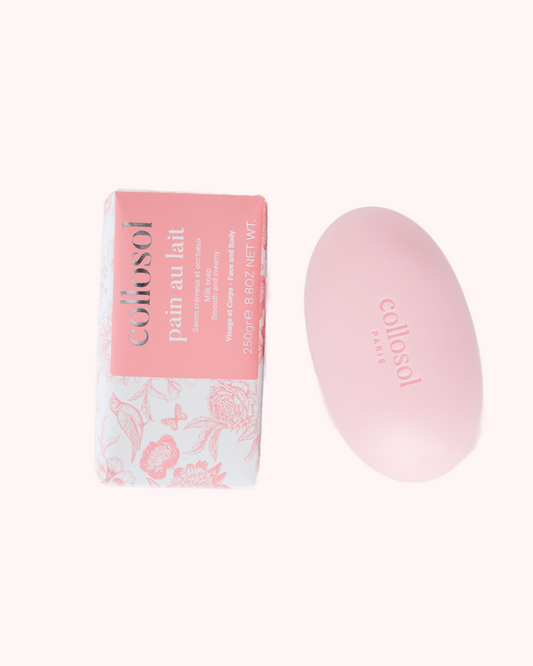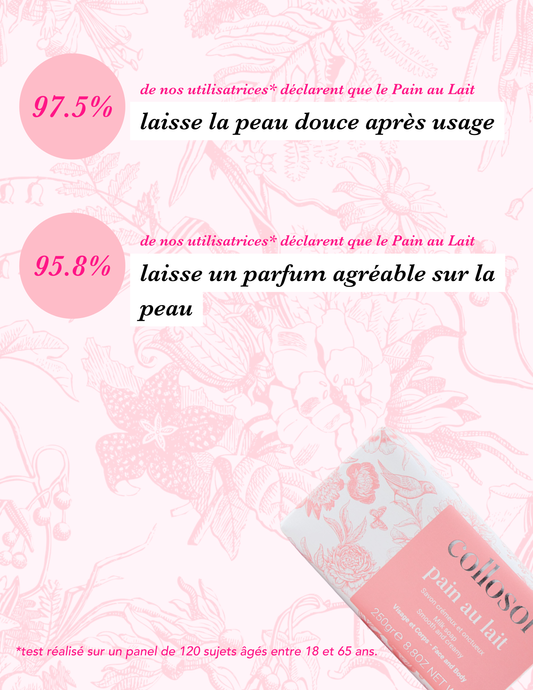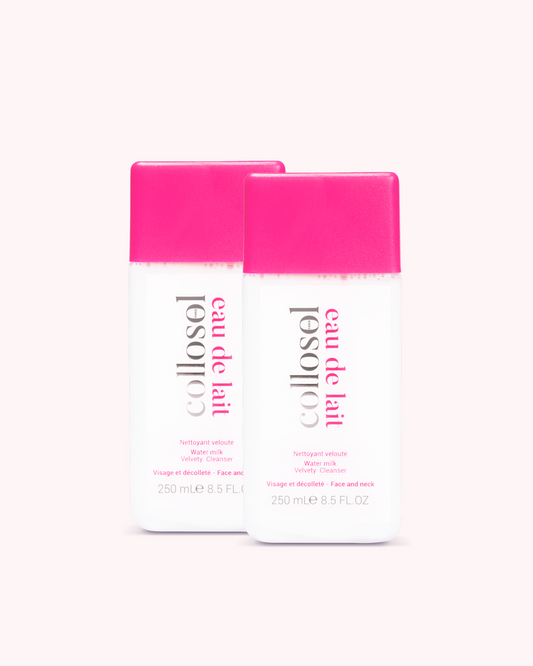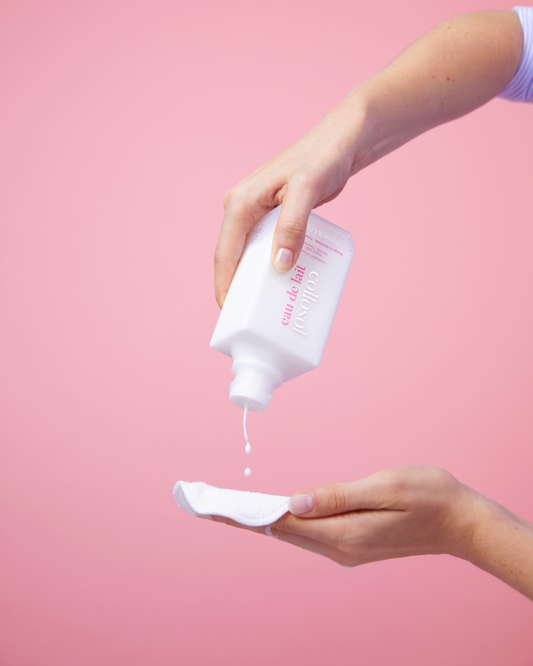The benefits of a foot bath
Because they support us from morning to night, feet need special attention. To pamper them, foot baths are ideal. Discover the benefits of foot baths and how to make one at home!
What is the effect of a bath on the feet?
Did you know? The largest concentration of nerve endings in the body is located under the soles of the feet. These nerve endings play a major role in the balance of the body. Treating headaches or abdominal cramps with a foot massage is possible. That's how powerful your feet are!
For decades, women have been soaking their feet in a basin of water. Who has never seen their grandmother sitting on an armchair with her feet in the water? Inspired by the treatments provided in Roman baths and oriental hammams, the foot bath became popular in the 19th century with the development of hydrotherapy.
The foot bath has many benefits:
• On the skin: when combined with essential oils and bath salts, water provides effective cleansing of the skin by exfoliating dead cells. Are calluses making your life difficult? The cleansing action of bath salts helps soften calluses but also soothe itching and relieve inflammation such as psoriasis and eczema. By adding olive oil, sweet almond oil and baking soda, foot baths also deeply hydrate the epidermis to protect it from dry skin.
• On the nervous system: as mentioned above, the foot has the greatest concentration of nerves in the body. The foot is a miniature representation of the human body where each area of the foot corresponds to an organ or part of the human body. Foot reflexology is a therapeutic method that uses the body's natural self-healing process. Taking care of your feet also means taking care of your mind. After a long day of work, a foot bath is the best way to unwind, especially if you work standing up.
• On the body: the foot bath helps improve blood circulation and relieves heavy legs. If you opt for a cold bath, it will energize your body while stimulating and strengthening your immune system and reducing the risk of varicose veins on the legs.
How to make a foot bath?
The foot bath is made according to the needs sought. Indeed, depending on whether you want to fight against dry skin, against sore feet or against itching, the list of ingredients will not be the same. Follow the guide to find the ideal homemade recipe for your feet.
Foot bath for hydration
Do you have dry feet? They really need a bath with moisturizing properties. To do this, opt for a milk bath with Collosol Milk Water . With its half-water, half-milk formula, this milky lotion moisturizes and softens the skin. Paraben-free, surfactant-free and dermatologically tested, Collosol Milk Water is a product that helps fight against dry skin, allows the skin to soothe and fight against aches and pains . In a basin of lukewarm water, pour 3 caps of this cleansing lotion with the sweet scent of orange blossom and soak your feet in it for about half an hour.
Foot bath against horn
To remove the horn more easily, it is best to soak the foot for about fifteen minutes before removing it. To relax your skin as much as possible, pour two cups of apple cider vinegar into a basin of warm water. Add a tablespoon of bath salt to make the moment even more relaxing.
Foot bath to regulate perspiration
To combat excessive sweating, immerse your feet in an antioxidant green tea bath . Fill a basin with warm water and steep green tea bags in it, one bag per liter of water. Let them steep for about 10 minutes and let the water cool. Soak your feet for a quarter of an hour.
Our 3 tips for a successful foot bath
1. Invest in accessories: Are you a fan of foot baths? It's time to get yourself a whole arsenal of accessories to optimize your moment of relaxation. For example, it could be a whirlpool bath device. Particularly effective against fatigue and heavy legs, the whirlpool bath device moisturizes the skin by reproducing the sensations provided by balneotherapy and hydrotherapy.
2. Choose the right water temperature: cold baths, with water around 15°C, have a toning effect on blood circulation and the health of the lower limbs. Water with a temperature between 32 and 37°C promotes relaxation. This temperature allows the elimination of toxins and is ideal after prolonged exercise or a day of work.
3. Complete your bath with a pedicure: the foot bath is the ideal time to do a pedicure. To do this, opt for a bath at a rather lukewarm temperature with Epsom salt, lavender essential oil and baking soda. Once the foot has been immersed in the water for about 15 minutes, proceed with a gentle scrub. You can also take advantage of this moment to take care of your nails. Once dry, apply a cream to your foot by massaging gently.
The benefits of foot baths are numerous. Soaking your feet in a bath allows you to take care of them, but also to take care of the rest of your body. This is evidenced by plantar reflexology which relieves the body through the foot. Foot baths can be indicated to meet different needs depending on the products added to them. With milk, baking soda and bath salts, it allows you to replenish the moisture reserves of dry feet. By adding tea tree essential oil to your homemade recipe, it can get rid of calluses or possible nail fungus.


